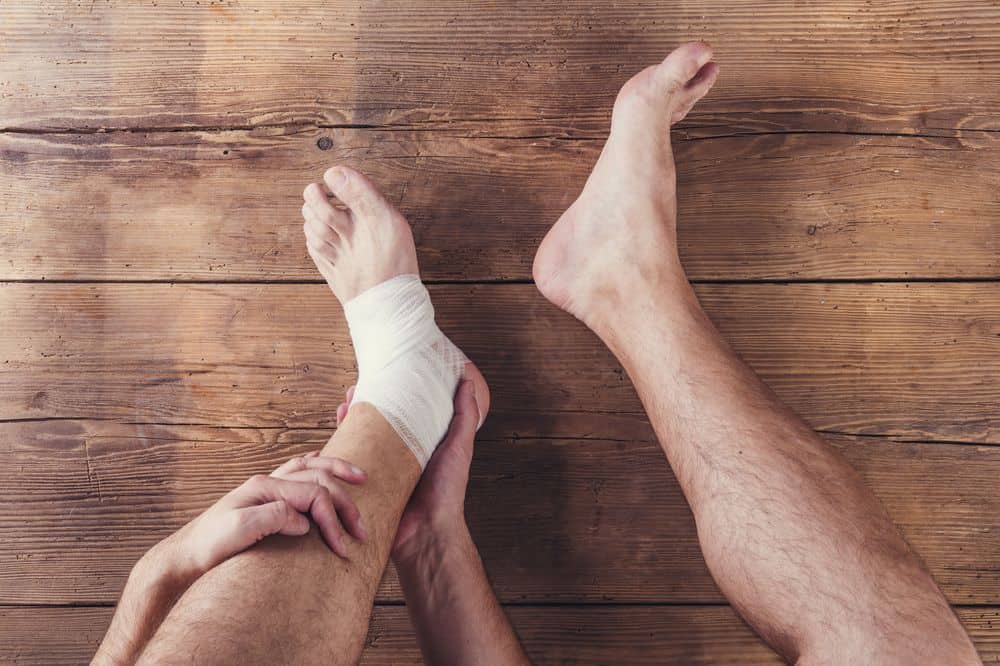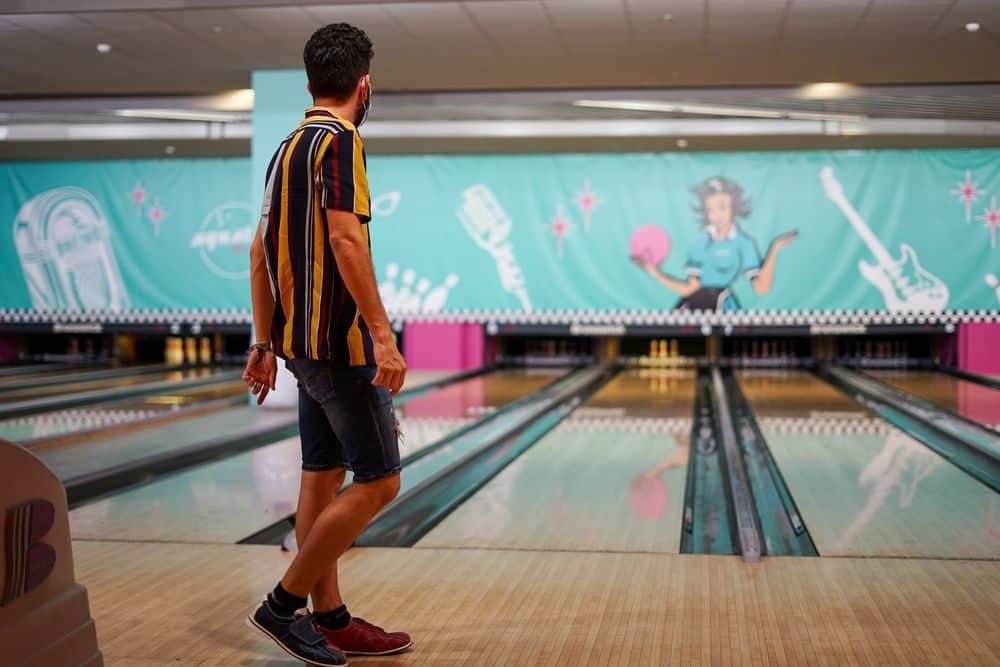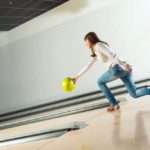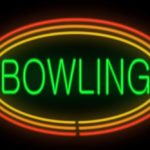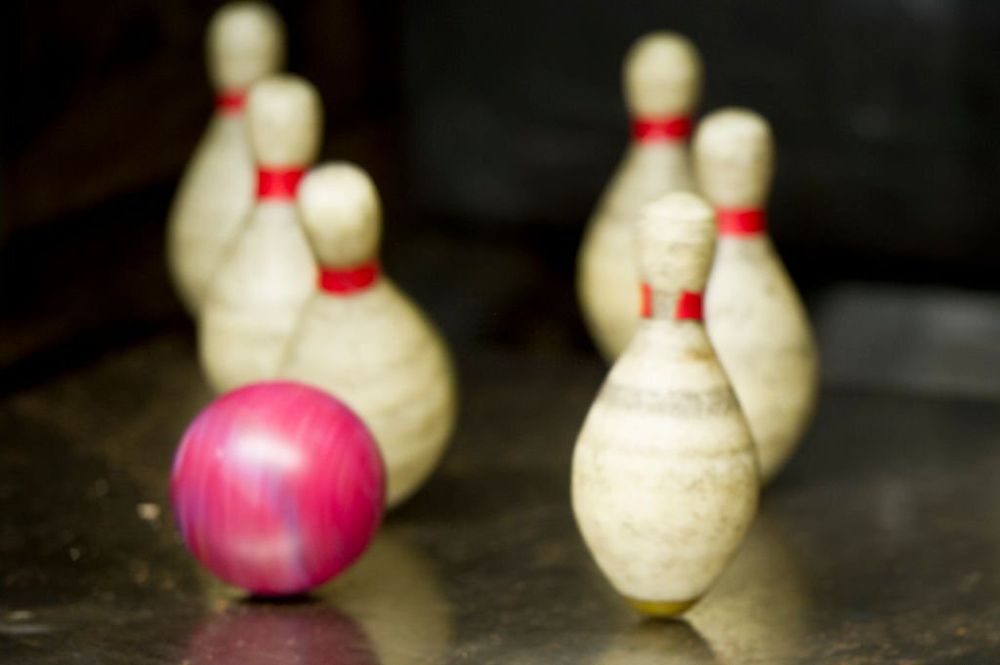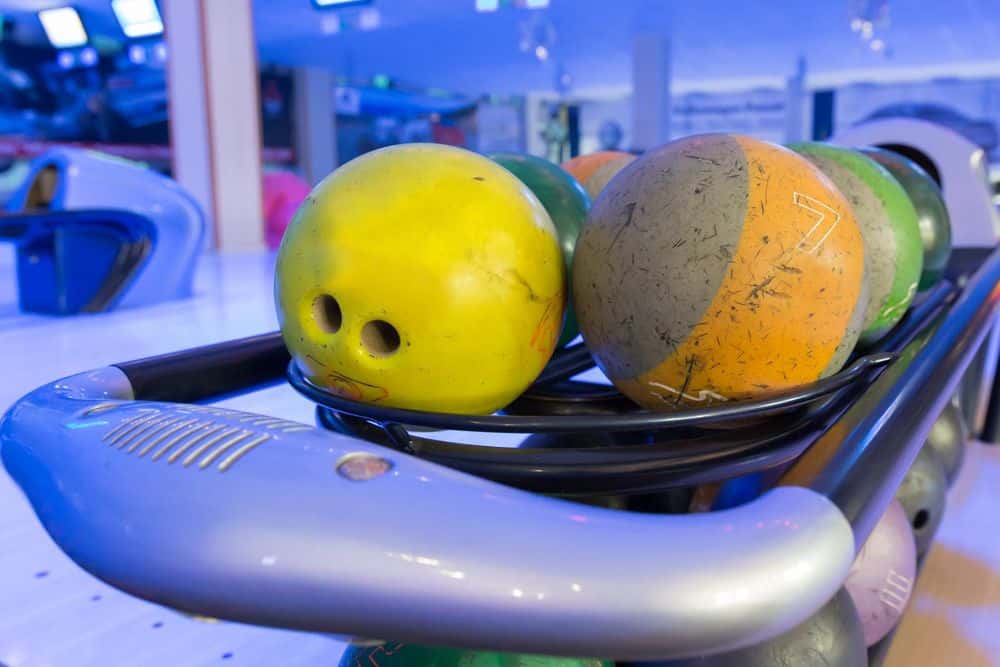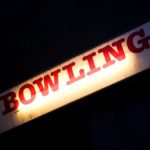Suppose there are three people; one is hungry, the other wants to have a drink, and all the third person wants to do is something fun. What would you suggest they do?
You can save them the headache and trouble of choosing where they can find an establishment that delivers all these three – by simply visiting a bowling alley.
While bowling is an activity that is easily one of the most common sports on the planet, and for the most part, it’s injury-free, at times, it poses a few issues, such as; soreness, stressing, and straining of the feet, which eventually lead to concerns on the other body parts.
Why Does Your Foot Pain After Play Bowling?
Starting with an apparent reason to go bowling is because it’s simply fantastic – anyone can bowl, and even for those who can’t, it’s easy to learn the sport.
It’s an entertaining game that inspires a wholesome contest between mates while people get time to chill and hang out over food and drinks between breaks.
But because of the monotonous slide that a bowler has to commit to with each throw on the alley, the pressure on the feet gets added, which causes pain on the foot later on.
Heel pain is caused by strain on the heel’s structures, triggered by a rough walking style, running on rugged roads, and wearing poorly designed shoes. While bowling is a low-impact exercise, people have described feeling a sharp and stabbing pain in the foot after the game.
According to experts, bowling shoes are usually ignored, and many bowlers are unaware of the significance of an excellent quality bowling shoe. Well-designed bowling shoes are slightly different; the left side is used for sliding, while the opposite shoe is designed for braking.
Sometimes, these uneven pressures on various regions of the feet can cause discomforting issues like blisters, morton’s neuroma, and calluses, which are very uncomfortable.
Bowling foot injuries are usually caused by the incorrect sliding rhythm and by twisting your feet extensively, which automatically puts a torque on the leg.
If someone has an angled right foot sliding in the bowling alley, this particular position will activate strain in the individual’s ankle, and repetitive mistreatment can provoke tension fractures. People who bowl regularly pose a risk of a sports injury.
What Shoes Should You Consider Wearing While Bowling?
We’ve often wondered about the necessity of wearing shoes mainly designed for bowling. While bowling, a consistent and smooth slide is essential to mark the bull’s eye as the ball glides into the bowling alley.
Wearing regular shoes such as sneakers will likely stop you from gliding smoothly on the aisle, causing a loss of control of the ball’s direction and, even worse, falling and twisting your ankles.
Bowling shoes reduce friction, allowing you to glide smoothly before rolling the ball. A type of bowling shoe is made with a sole that slides on both pairs of shoes to comfort both right and left-handed bowlers. These beginner shoes make an ideal selection for newbies and occasional bowlers.
Another alternative of shoes is available where one side of the shoe has been designed with rubber on its sole to aid the bowler in a firm and steady push while sliding toward the start of the alley.
These shoes are suited for people who want to perfect their bowling game for professional reasons.
This shoe option also comes with exchangeable heels and soles, allowing a person to adjust their slide space by adapting to the sole and the heel of the sliding foot.
Thus, this shoe will fix the issue if any bowler faces sliding concerns in a specific situation. They are designed to be sported multiple times a week so that these shoes will have more support and a better fit around the bowler’s ankle.
How Do You Stop Your Foot Pain During And After Bowling?
Foot injuries are usually neglected, but once left unattended, the discomfort is similar to back injuries in a body; it causes a lot of pain to the point where a person is incapable of moving sometimes.
Proper bowling insoles have helped control the annoying and painful issues, improving balance as well. While looking to buy insoles, one important thing to remember is; they should fit like a glove inside the bowling shoes and feel like the shoe’s family to avoid any discomfort.
Proper footwear and arch support are required in bowling, so for professionals and regular bowlers, experts advise opting for custom-molded orthotics to go with the insides of your bowling shoes. These will ensure the shoe’s arch is kept and automatically take the tension off the bowler’s joints.
Custom-molded orthotics come with high-quality materials, double layered memory foam, providing the most effective shock absorption by occupying a shoe’s minimal space. Resistant to mold, fungus, and bacteria, they will last a bowler a long time. Since they are created specifically for the particular person’s feet, comfort is also guaranteed.
What Are Some Ways to Relieve Heel Pain?
Taking proper rest before returning to the game will help, and applying an ice pack wrapped on a towel will relieve the bowler of inflammation and discomfort on the foot. Daily exercises and foot massages after a game helps in calming the muscles as well.
In case of unbearable pain, an anti-inflammatory ointment is applied though consulting an expert is the best option in case the situation worsens.
Conclusion
Bowling is positively about enjoyment and delight for the majority of people, and it’s of the essence that a bowler maintains good foot health needed for a successful throw of the ball.
A good set of bowling shoes and insoles are necessary to hold fatigue, improve foot comfort, and, most importantly, give shock absorption. They will help a bowler with their coordination which will simultaneously refine their approach towards the game and their scores.
Bowling is about force, angles, and speed, so a bowler will get a perfect strike with the right combination of all the trio. Taking proper care of mild pain issues will let bowlers resume knocking out their rivals in future competitions.

